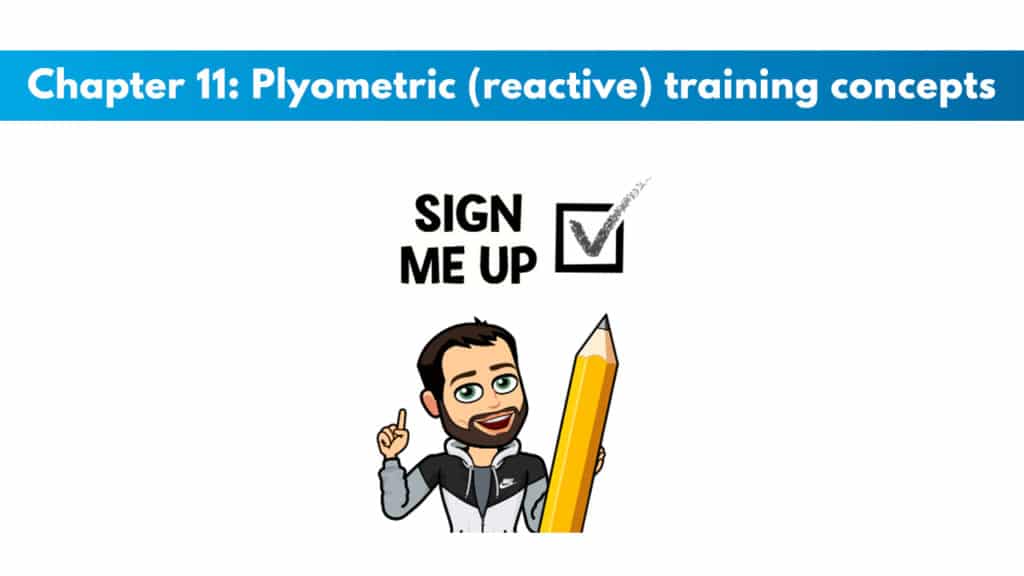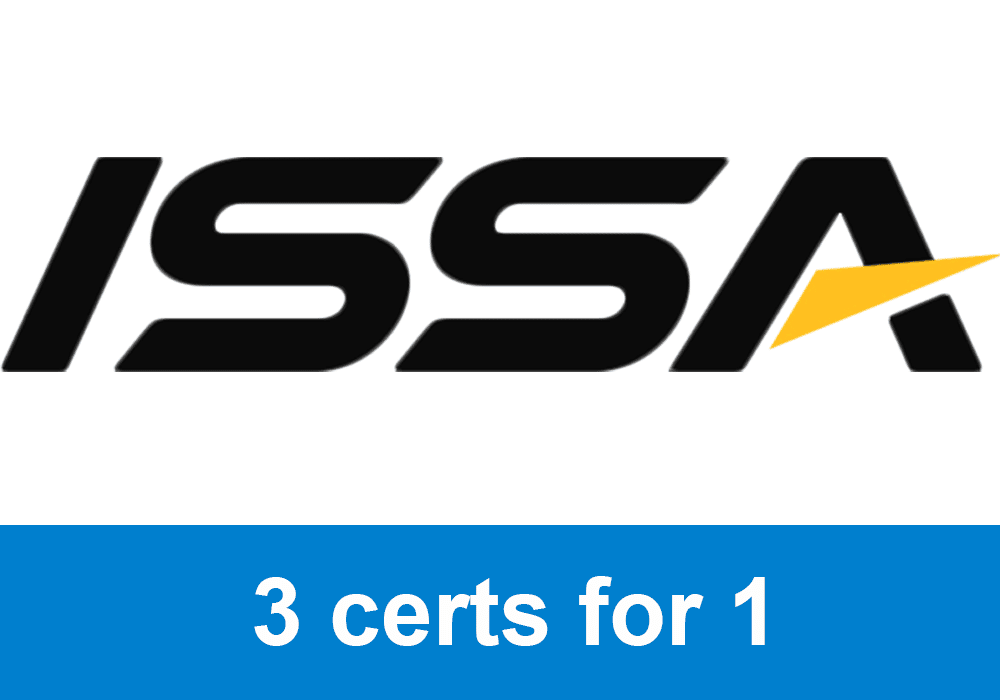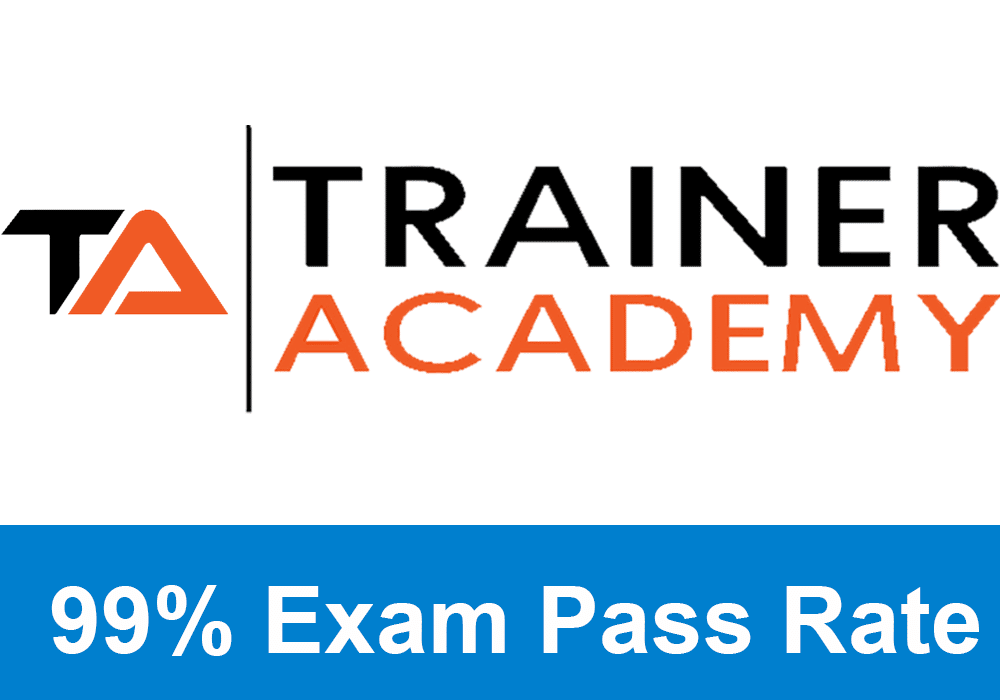
If you have not signed up for NASM CPT, sign up here to save 25% with my personal code PTP25.
Get your copy of the NASM CPT exam cheat sheet. It helps immensely in studying for the exam.
Make sure to check out Trainer Academy for premium NASM CPT study materials. They will reduce study time by 50% and have an exam pass guarantee. Read my full review on them here. You can save $100 on their MVP study system with the code: PTPSUB
Exclusive PTP CPT Offers |
||
|---|---|---|
Gold Standard Cert | Most Popular Cert | Best Study Materials |
A Good Option | A Good Option | Best CPT for you?  |
Chapter 11 NASM study guide
Important definitions to know
The rate of force production: This is the muscles’ ability to exert the maximum amount of force output in the shortest period of time.
Reactive training: This includes plyometrics. These exercises utilize powerful and quick movements to enhance neuromuscular efficiency, the rate of force production, and firing frequency. This makes the client more explosive and powerful. Reactive training enhances Motor unit synchronization, Motor unit recruitment, and Firing frequency.
Integrated performance Paradigm: This is the body’s ability to stabilize, accelerate and decelerate during performance tasks.
Plyometric exercises: the different phases
Phase number one: This is also known as the eccentric phase. It is also known as the cocking phase or loading phase. This is where energy is stored inside the muscle as it prepares for the second phase.
Exclusive PTP CPT Offers |
||
|---|---|---|
Gold Standard Cert | Most Popular Cert | Best Study Materials |
A Good Option | A Good Option | Best CPT for you?  |
Phase number two: The second phase is also known as amortization. This is where the muscle containing all the potential energy is stabilized as he gets ready for the third phase. Overall this stage is quick, so that it can create a powerful response.
Phase number three: The third stage is also known as the concentric or the unloading phase. This is when the stored energy in the muscle is released.
Reactive training – The parameters for program design:
It is important to understand the progression continuing of exercises for reactive training, just as you need to know them for the other phases. Understand how the different exercise variables affect exercise.
OPT training phases for plyometric training:
Stabilization phase: These exercises have a 3 to 5-second pause while landing on the ground are done for approximately 5 to 8 repetitions at a steady tempo with 0 to 90 seconds of rest. Some examples include box jumps with stabilization or squat jumps with stabilization.
Strength phase: These exercises are done with repetitive movements such as a repeat jump squat. They are done for 8 to 10 repetitions at a mid-tempo with 0 to 60 seconds of rest in between. Some examples include tuck jumps and squat jumps.
Power phase: These exercises in the power phase are done as quickly as possible. They are done for 8 to 12 repetitions with a 0 to 60-second rest between. Some examples include single-leg power step up, proprioceptive plyometrics, and ice skaters.
If you want additional study materials, check out the team over at Trainer Academy. They have incredible study materials for NASM And I have a special limited-time discount for my readers. I also suggest you check out my review on Trainer Academy here.

 Have a question?
Have a question? 


![NASM OPT Model - Complete [year] Breakdown for Fitness Professionals 11 NASM OPT Model in action - client performing exercises following the NASM OPT model.](https://www.ptpioneer.com/wp-content/uploads/2024/04/NASM-OPT-Model-in-action.png)
![Single Leg Squat Assessment NASM Guidelines for [year] 12 single leg squat assessment - client performing a single leg squat assessment in a fitness setting under trainer supervision](https://www.ptpioneer.com/wp-content/uploads/2024/03/single-leg-squat-assessment-1.png)

![LPHC NASM Breakdown ([year]) - Lumbo-Pelvic Hip Complex Anatomy 14 Lumbo Pelvic Hip Complex - image of fitness client with a focus on the lumbo pelvic hip complex](https://www.ptpioneer.com/wp-content/uploads/2024/03/Lumbo-Pelvic-Hip-Complex.png)
![SMART Goal NASM Breakdown for [year] 15 SMART Goal NASM - trainer and client sitting down in a fitness setting to discuss goals](https://www.ptpioneer.com/wp-content/uploads/2024/03/SMART-Goal-1.png)
![The [year] Guide to the NASM Davies Test 16 NASM Davies Test - client in push up position touching one hand to another](https://www.ptpioneer.com/wp-content/uploads/2024/03/NASM-Davies-Test.png)


Tyler Read
PTPioneer Editorial Integrity
All content published on PTPioneer is checked and reviewed extensively by our staff of experienced personal trainers, nutrition coaches, and other Fitness Experts. This is to make sure that the content you are reading is fact-checked for accuracy, contains up-to-date information, and is relevant. We only add trustworthy citations that you can find at the bottom of each article. You can read more about our editorial integrity here.